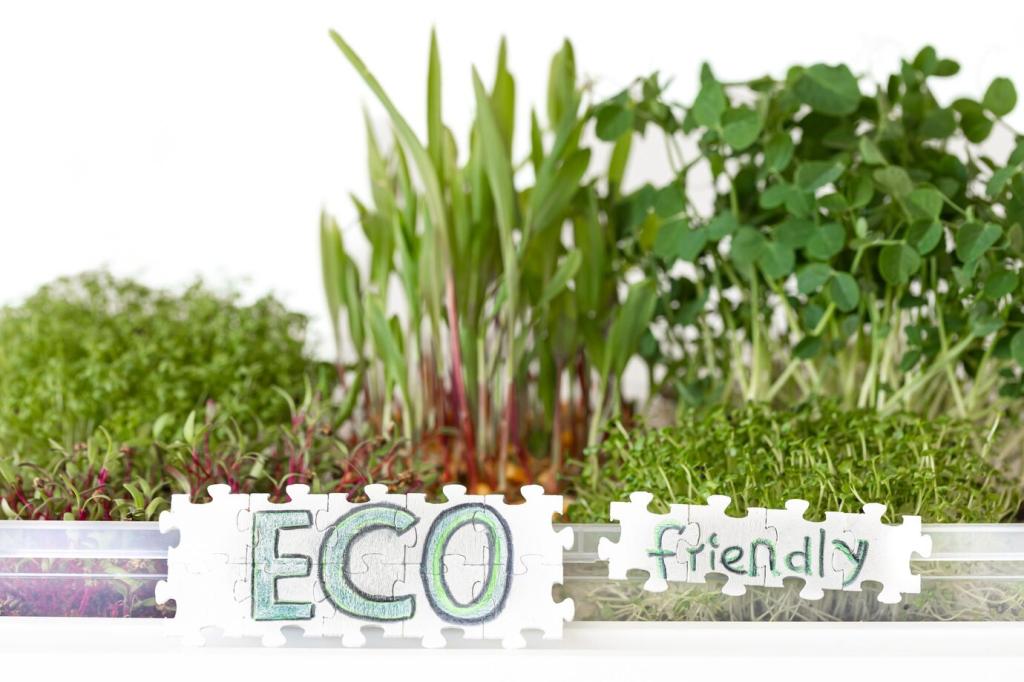What Makes a Material Sustainable?
Sustainability begins with a material’s journey—from raw extraction to the day it leaves your home. Consider resource use, manufacturing energy, transport emissions, maintenance needs, and how it can be reused or recycled when you are done.
What Makes a Material Sustainable?
Look for signals like FSC for responsibly managed wood, Greenguard Gold for low chemical emissions, and Cradle to Cradle for circular design. These certifications are imperfect, yet they help filter claims and guide better interior design decisions.










